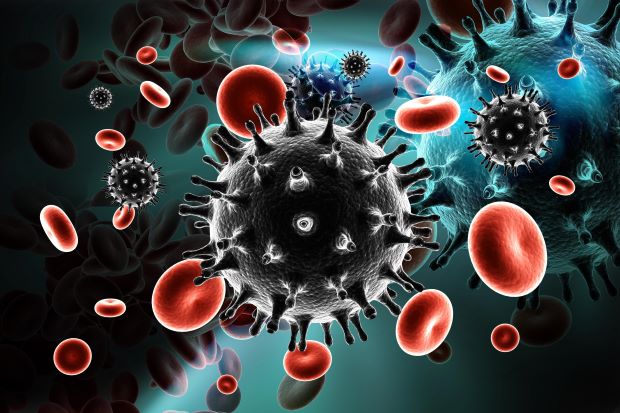The Centres for Disease Control and Prevention (CDC) published an article in its Morbidity and Mortality Weekly Report on this day in 1981, describing five cases of a rare lung infection, Pneumocystis pneumonia (PCP), in young, otherwise healthy gay men in Los Angeles, USA. It was unknown at the time, but the article was describing the effects of Acquired Immunodeficiency Syndrome (AIDS). Today, the article’s publication is often cited as the beginning of the AIDS crisis.
The article prompted medical professionals around the USA, particularly in New York, San Francisco and Los Angeles, to send the CDC information about similar, mysterious cases. Because it was first detected circulating among gay men, Acquired Immunodeficiency Syndrome, as it will be dubbed the following year, was colloquially referred to as “gay cancer” and formally dubbed Gay-Related Immune Deficiency before the term AIDS was coined in 1982.
AIDS is not lethal in and of itself—rather, it severely impacts the immune system’s ability to fight off illness, leaving the patient vulnerable to all manner of infections, particularly “opportunistic infections.” PCP is one such opportunistic infection, and it was one of a handful of illnesses whose increased occurrence in the year 1981 revealed that there was an HIV/AIDS epidemic. Within a few years, the AIDS epidemic became the major public health crisis of the late 20th century, although many continued to believe it only affected gay men. Due largely to the misconception that it was a “gay disease”, it would be two years before the New York Times published its first front-page article about AIDS and four years before then-President Ronald Reagan first mentioned it publicly.
Two of the men mentioned in the study were dead by the time it was published, and the three others died a short time later. By the end of the millennium, nearly 775,000 Americans died of AIDS-related illnesses.
– history.com



Comments are closed, but trackbacks and pingbacks are open.